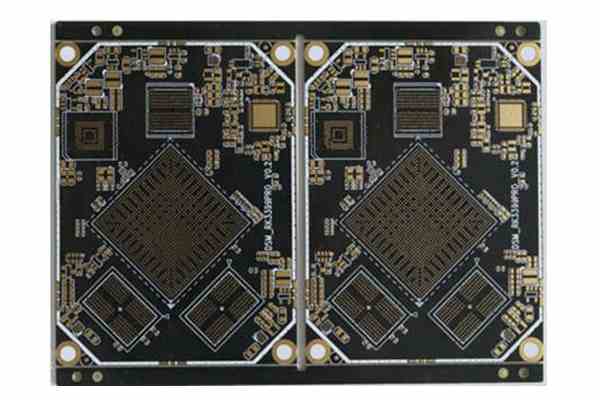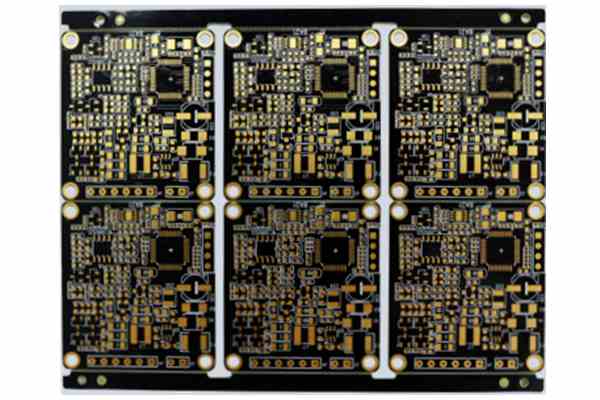In the production process of PCB assembly circuit boards, it is inevitable that there will be welding defects and appearance defects. These factors will cause a little danger to the circuit board. Today, this article introduces in detail the common welding defects, appearance characteristics, hazards and causes of PCBA. Let’s take a look Check it out!
Pseudo Soldering
Appearance features: there is an obvious black boundary between the solder and the lead of components or copper foil, and the solder is sunken towards the boundary.
Hazard: unable to work normally.
Cause analysis:
1.The component leads are not cleaned, tin plated or oxidized.
2.The printed board is not cleaned well, and the quality of the sprayed flux is not good.
Solder accumulation
Appearance characteristics: The solder joint structure is loose, white and dull.
Cause Analysis:
1.The solder quality is not good.
2.The soldering temperature is not enough.
3.When the solder is not solidified, the component leads are loose.
Too much solder
Appearance features: The solder surface is convex.
Hazards: Wastes solder and may harbor defects.
Cause analysis: Solder evacuation is too late.
Too little solder
Appearance features: The welding area is less than 80% of the pad, and the solder does not form a smooth transition surface.
Hazard: Insufficient mechanical strength.
Cause Analysis:
1.Poor solder flow or premature evacuation of solder.
2.Insufficient flux.
3.Welding time is too short.
Rosin Welding
Appearance features: There is rosin slag in the weld.
Hazards: Insufficient strength, poor conduction, and it may be on and off.
Cause Analysis:
1.Too many welding machines or have failed.
2.Insufficient welding time and insufficient heating.
3.The oxide film on the surface is not removed.
Overheat
Appearance characteristics: white solder joints, no metallic luster, rough surface.
Hazard: The pad is easy to peel off and the strength is reduced.
Cause analysis:
The power of the soldering iron is too large and the heating time is too long.
Cold welding
Appearance characteristics: The surface is bean curd-like particles, and sometimes there may be cracks.
Hazard: low strength, poor electrical conductivity.
Cause analysis: There is jitter before the solder is solidified.
Poor infiltration
Appearance characteristics: The interface between the solder and the weldment is too large and not smooth.
Hazard: low intensity, no connection or intermittent connection.
Cause Analysis:
1.The weldment is not clean.
2.Insufficient or poor quality flux.
3.Weldments are not heated sufficiently.
Asymmetrical
Appearance characteristics: The solder does not flow to the pad.
Hazard: Insufficient strength.
Cause Analysis:
1.Solder fluidity is not good.
2.Insufficient or poor quality flux.
3.Insufficient heating.
loose
Appearance features: Wires or component leads can be moved.
Hazard: poor or no conduction.
Cause Analysis:
1.The lead moves before the solder solidifies, causing voids.
2.Leads are not well prepared (poor or not wetted).
Sharpening
Appearance Features: Appearance of a tip.
Hazard: poor appearance, easy to cause bridging phenomenon.
Cause Analysis:
1.Too little flux and too long heating time.
2.The angle of the soldering iron to withdraw is improper.
Bridging
Appearance features: Adjacent wires are connected.
Hazard: Electrical short circuit.
Cause Analysis:
1.Too much solder.
2.The angle of the soldering iron to withdraw is improper.
pinhole
Appearance characteristics: There are holes visible by visual inspection or low magnification.
Hazard: Insufficient strength, solder joints are easy to corrode.
Cause analysis: The gap between the lead and the pad hole is too large.
Bubble
Appearance features: The root of the lead has a fire-breathing solder bump, and there is a cavity inside.
Hazard: Temporary conduction, but it is easy to cause poor conduction for a long time.
Cause Analysis:
1.The gap between the lead and the pad hole is large.
2.Poor lead wetting.
3.The welding time of the double-sided board through holes is long, and the air in the holes expands.
The copper foil is lifted
Appearance features: The copper foil is peeled off from the printed board.
Hazard: The printed board is damaged.
Cause analysis: The welding time is too long and the temperature is too high.
Peel
Appearance characteristics: The solder joints are peeled off from the copper foil (not the copper foil and the printed board).
Hazard: Open circuit.
Cause analysis: Poor metal plating on the pad.
After the analysis of the causes of PCB assembly soldering defects, we have confidence in providing you the best combination of turn-key PCB assembly service, quality, price and delivery time in your Small batch volume PCB assembly order and Mid batch Volume PCB assembly order.
If you looking for a ideal PCB assembly manufacturer, please send your BOM files and PCB files to sales@pcbfuture.com . All your files are highly confidential. We will send you an accurate quote with lead time in 48 hours.
Post time: Oct-09-2022






